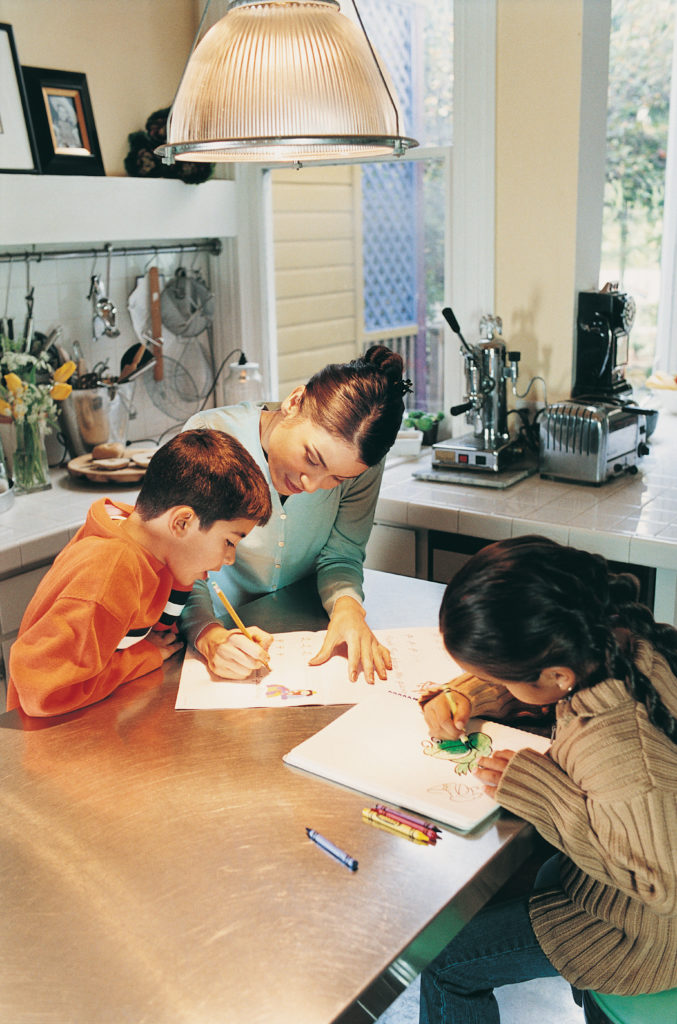We recently hosted a webinar on remote teaching and learning. A top question? How to keep students engaged when teaching virtually.
I love managing teams virtually and working in virtual organizations – and have done it for the past 7 years. The largest team I managed virtually included almost 200 people! So I’m excited to share some tips and tricks:
1. Re-think your goals.
While in traditional teaching, standardization is key – with remote teaching, you have an opportunity to individualize. So as a teacher during a typical school year, you may set class-wide goals like 80% mastery or student growth into proficient or advanced.
Don’t do that now! Now you can set more student-centered goals such as 100% of my students will find a topic they are interested in or 100% of my students will be able to communicate their thoughts to me via email. Re-think your goals, and feel free to be more thoughtful than ever about life skills and desires. What you can also see is neat about goals like these is they can meet the needs of a diversity of your students. Many schools are concerned about meeting the needs of students with IEPs – but you can now set goals for which 100% of your students can be successful.
How to Think About Goals
In this current space, do 2 things when you are re-thinking your goals:
a – focus on short-term time frames (think 1 to 2 weeks). While many teachers are accustomed to long-term goals that put the pressure of a year of teaching onto a matter of days, now you have the opportunity to flip the script. Focus on short-term goals over a period of a week or two.
b – focus on inputs rather than outputs. Again, this is a time where you can flip the usual business. As a former teacher, what I cared about more than anything (outside of my student’s general well-being) was their academic achievement. That’s an outcome goal. How were they showing they had learned and grown.

Now you have the opportunity to set some input goals. There is so much outside of your control right now so don’t drive yourself crazy holding onto the illusion of control when you really don’t have it. Rather, set input goals. For example, “I will call 100% of my students this week.” or “I will give 100% of my families an opportunity to share what is going well and what is not going well.” or “I will use 5 different popular stars to engage my students in our content.”
2. Have an individual touchpoint with each student each week if you can.
With remote teaching, you should aim to have a touchpoint with students each week, if possible. While this can be via email, consider having a quick 5-minute phone conversation. Let’s be honest, most students aren’t trying to hang on the phone with their teacher – but just checking in with a consistent and routine set of questions can be helpful. At Possip, we are recommending our partners and teachers engage with a few questions. Consider some of these with your students:
– how are you?
– what are you interested in learning about during this time?
– do you have a quiet place to work at home? If not, where can you go to get some focus time?
– are you responsible for other children in your home?
– do you have a parent who is a health care worker? How is this experience for your family?
– before you left school what were you excited about learning?
– what has been hard about the past week or two outside of school?
– what has been fun about the past week or two outside of school?
– is your family experiencing any challenges with food or employment? (note that you may not be able to help, but you want to know for context – and in the event you are able to secure resources)
3. Be generative with what “remote teaching” means.
Remember, remote teaching doesn’t mean you need to be on a screen all day with your kids! What else can you do instead?
- Consider either hosting a morning meeting at a set time OR taping a 5-10 minute morning meeting for your kids on YouTube that they can play first thing in the morning. Consider also taping some of the parts of the day that provide the most routines.
- Give students a daily challenge. Here are some examples:
– read 2 books
– count the number of objects in your house and multiply it by the number of people in your house
– watch TV in Spanish for 20 minutes or CSPAN for 20 minutes
-challenge students to find as many things in their house as they can to read – it can include canned goods, mail, newspapers, sibling’s books - On your daily youtube video present math challenges; for students who don’t have youtube you can host a conference call with the same thing
- Find a radio station or podcast to recommend students listen to
4. Leverage this opportunity to personalize!
With remote teaching you can segment your students by their interests and needs, and send them emails based on their needs or interests. Do they love sports? Send one set of students a set of problems using sports analogies. Do they love music? Use music in their problems. Since classroom management may not have to be as big of an issue, lean into planning and personalizing
There are so many resources and ideas to explore at this time! In fact, you may find yourself getting overwhelmed with all the ideas and possibilities. That’s an exciting time. You can then really figure out how to scale back your ideas and focus.
Want to learn more? Check out these resources by our friends at Instruction Partners. You can see our past webinars here: https://possip.com/events/





